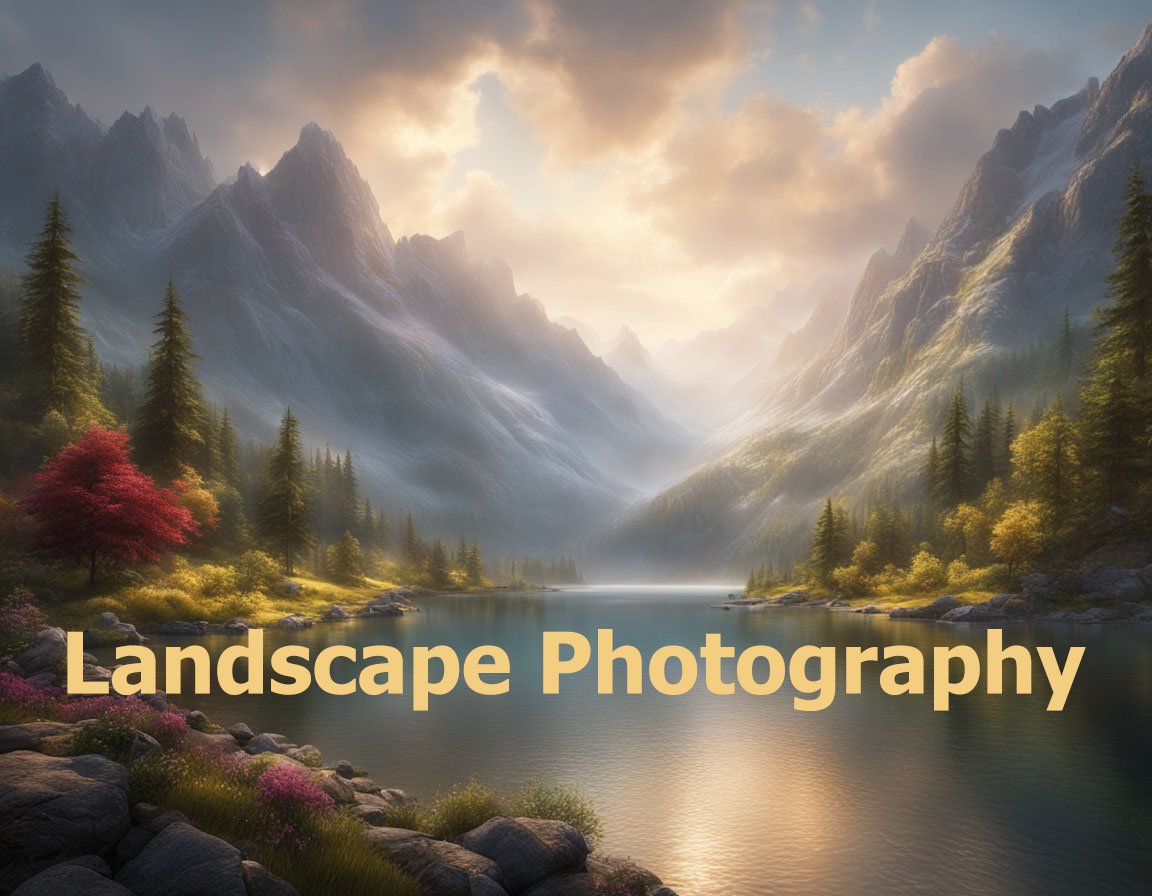Using foreground elements in photography is a powerful technique that can transform your photos from ordinary to extraordinary. This method involves placing objects or subjects in the immediate front of the frame, which adds depth, context, and a sense of scale to your images. Understanding how to effectively use foreground elements can significantly enhance the storytelling aspect of your photography, inviting viewers to step inside the scene and explore it in a more immersive way.
Firstly, the addition of foreground elements can create a sense of depth in your photographs. In a two-dimensional medium where everything is essentially flat, depth perception can be a valuable component. By strategically placing objects in the foreground, you provide a point of reference that guides the viewer’s eye through the photo. This establishes layers in your composition — the foreground, the middle ground, and the background. The interplay between these layers tricks the viewer’s brain into perceiving depth, giving your image a more lifelike quality.
Moreover, foreground elements can be used to lead the viewer’s eye into the scene. This technique is known as a leading line. Lines found in natural formations such as rivers, roads, or even tree branches can serve as pathways, drawing the viewer’s attention towards the main subject of the photo. Such lines do not have to be literal lines; they can be implied or suggested by shapes or boundaries. This guiding approach not only focuses attention but also enhances the narrative of the photograph by playing on the natural tendencies of the human eye to follow directional cues.
Foreground elements also add context and set the mood for your photograph. For instance, a lone flower in the foreground of a vast landscape can evoke feelings of solitude or insignificance relative to nature’s grandeur. Similarly, a cluttered foreground with fallen autumn leaves can create a sense of seasonal change. By incorporating relevant foreground elements, photographers can introduce additional layers of meaning, encouraging viewers to infer messages and emotions beyond the central subject.
Furthermore, using foreground elements can help frame your subject creatively. Natural frames such as archways, tree canopies, or even architectural structures can encapsulate the subject within the environment, providing focus without isolating it entirely from its surroundings. This concept of framing with foreground elements can enhance composition by balancing the photo visually, ensuring that the viewer’s attention is drawn to the subject without overwhelming distraction from other components.
When it comes to achieving a perfect balance, mindful positioning of foreground elements is crucial. These elements should complement rather than compete with the main subject. It’s essential to assess the proportion and placement to maintain emphasis on the intended focus of the image. Overly dominant foreground elements can obscure the subject, weakening the overall impact of the photo.
Additionally, foreground elements often allow photographers to experiment with texture. By highlighting details like the rough bark of a tree, the smoothness of pebbles, or the delicate petals of a flower, you can imbue your photo with tactile qualities. This encourages the viewer to mentally engage with the scene on a multisensory level, adding richness and interest to the visual experience.
Foreground elements can also serve as a storytelling device, providing clues that hint at the location, era, or circumstances surrounding the subject. For instance, a worn, antique chair in the foreground might suggest a sense of history or nostalgia, while modern urban elements could convey themes of contemporary life or bustling city energy. Using such hints can deepen the narrative and invite interpretation, making your photos resonate more deeply with the audience.
Lighting plays an integral role when incorporating foreground elements. Side lighting can enhance textures, boosting their prominence and adding drama to the scene. Backlighting, on the other hand, can create silhouettes or halos around foreground elements, crafting a striking juxtaposition against the background. Experimenting with different lighting conditions can yield diverse effects, transforming how viewers perceive and interpret your image.
When shooting with a specific foreground in mind, adjusting camera settings is vital. A small aperture, signified by a high f-stop number, ensures that both the foreground and background remain sharp, maintaining clarity across the image. Conversely, a wide aperture, with a low f-stop number, can blur out-of-focus elements, allowing the foreground to stand out sharply against a soft, bokeh background. Experimenting with depth of field lets you control which elements draw the viewer’s eye and which parts act as supporting scenery.
Another strategy for foreground enhancement involves using unusual angles and perspectives. Positioning the camera lower to the ground or adjusting to find unique vantage points can yield fresh compositions, presenting familiar subjects in novel ways. This approach piques curiosity and invites audiences to view your subject from unexpected angles, offering a fresh perspective on even the most commonplace scenes.
Lastly, remember the importance of experimentation and creativity. Photography is as much an art as it is a science, and the most striking images often result from breaking conventional rules and daring to try new approaches. By exploring various combinations of foreground elements, lighting, angles, and compositional techniques, you can uncover unique styles and narratives that distinguish your work.
In conclusion, using foreground elements effectively is an invaluable skill in a photographer’s toolkit. Through careful consideration of placement, composition, and context, you can produce powerful images that not only captivate but also convey richer stories.


